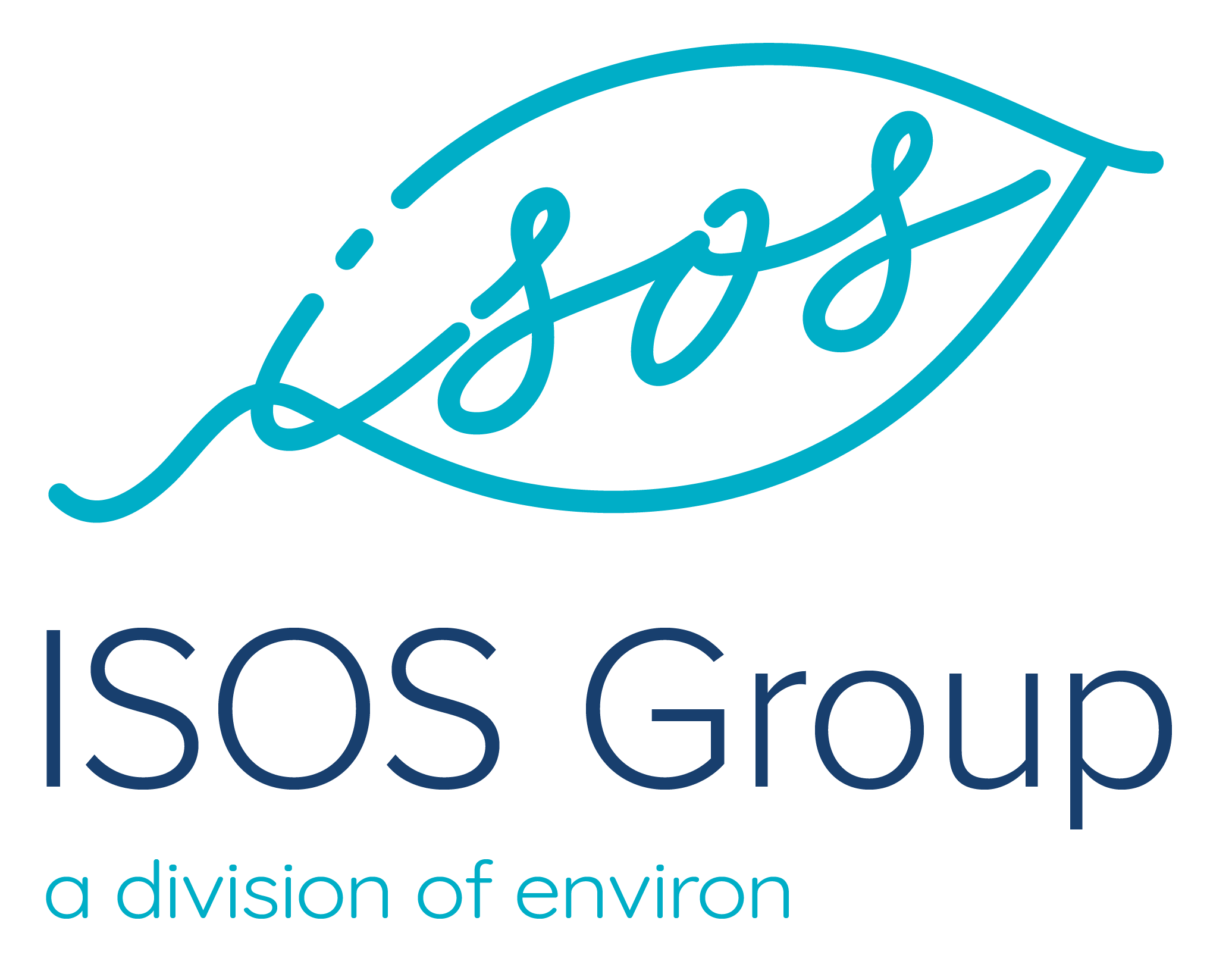Six Steps to Take Your Materiality Assessments from More Art to More Science
By Constanze Duke, Senior Sustainability Consultant, ISOS Group
The decisions your company makes regarding sustainability can have a profound impact on your bottom line and on the world at large. To ensure well-informed decisions, we think it's time to reengineer materiality assessments to be more rigorous and easier to audit down the road. Our approach introduces a healthy dose of objectivity, ensuring your sustainability efforts are truly impactful. Here are our key recommendations:
1. Balance your stakeholder groups
Companies have limited resources for stakeholder engagement. Unfortunately, this often results in prioritizing internal stakeholders, particularly executive perspectives. But leadership teams are understandably more concerned about impacts on the business than about the company’s impact on the world. This introduces bias, which becomes a significant issue when your goal is to prepare an impact or double materiality assessment. To mitigate this, try to balance internal views with external perspectives by engaging several nonprofit organizations and academic institutions to adequately represent community groups, society at large and the environment.
2. Select representative stakeholders
If you only have access to one stakeholder within a stakeholder group, avoid outlier opinions by ensuring they have the depth and breadth of knowledge to speak on behalf of the stakeholder group. Creating a shortlist of qualifications as you identify stakeholders can help you find the right representative voice. After all, input should not only assist with your identification and prioritization process but influence your larger strategy.
3. Start with a comprehensive list of potentially material topics
It’s easier to narrow down a list of topics based on stakeholder feedback than to expand it as you go. Our team of experts at ISOS Group has examined more than 5,000 material topics, including those listed by leading standards and industry associations and those published in company reports across dozens of industries. While doing your homework takes time, it eliminates the risk of overlooking important impacts.
4. Standardize material topic names
Among the 5,000 topics we analyzed, we found fewer than a hundred unique topics. It’s understandable that companies want to make their material topics their own, but keep in mind that unique topic names and definitions make it harder for investors and other stakeholders to compare impacts between competing companies. Standardization also eliminates the risk of stakeholders misinterpreting your topics, especially in cases where global standards already provide clear definitions.
5. Don’t rely solely on stakeholder engagement for topic prioritization
While stakeholder opinions are vital, combine them with objective criteria for topic prioritization. Prioritize regulated topics or those affecting funding terms. Elevate topics that align with the United Nations Sustainable Development Goals, are directly caused by the company, or have irremediable impacts.
6. Incorporate standards and thresholds
Some topics are associated with ecological thresholds or limits, like greenhouse gas emissions, pollution or water withdrawals. For others, we have standards or norms that tell us whether companies operate sustainably, such as the regional living wage gap, gender pay gaps, minority representation in leadership or corruption-related incidents.
At ISOS Group, we’ve developed a set of advanced tools to remove common biases from materiality assessments, including a comprehensive scoring system for prioritizing material topics based on objective criteria. While our approach isn't entirely scientific, it infuses a significant amount of objectivity into a traditionally subjective process. The timeline for completing materiality assessments varies depending on client needs, but our average process spans three to four months. Launching a materiality assessment early in your journey guides everything from data acquisition to strategic decisions.
Discover how our expertise can empower your sustainability journey. We're here to guide you every step of the way, whether you’re looking for support on financial, impact, double or context-based materiality. As certified training partners for GRI, CDP and SASB, we're also dedicated to educating your executive team. Let's take the first step towards a more sustainable future together. Connect with us.
